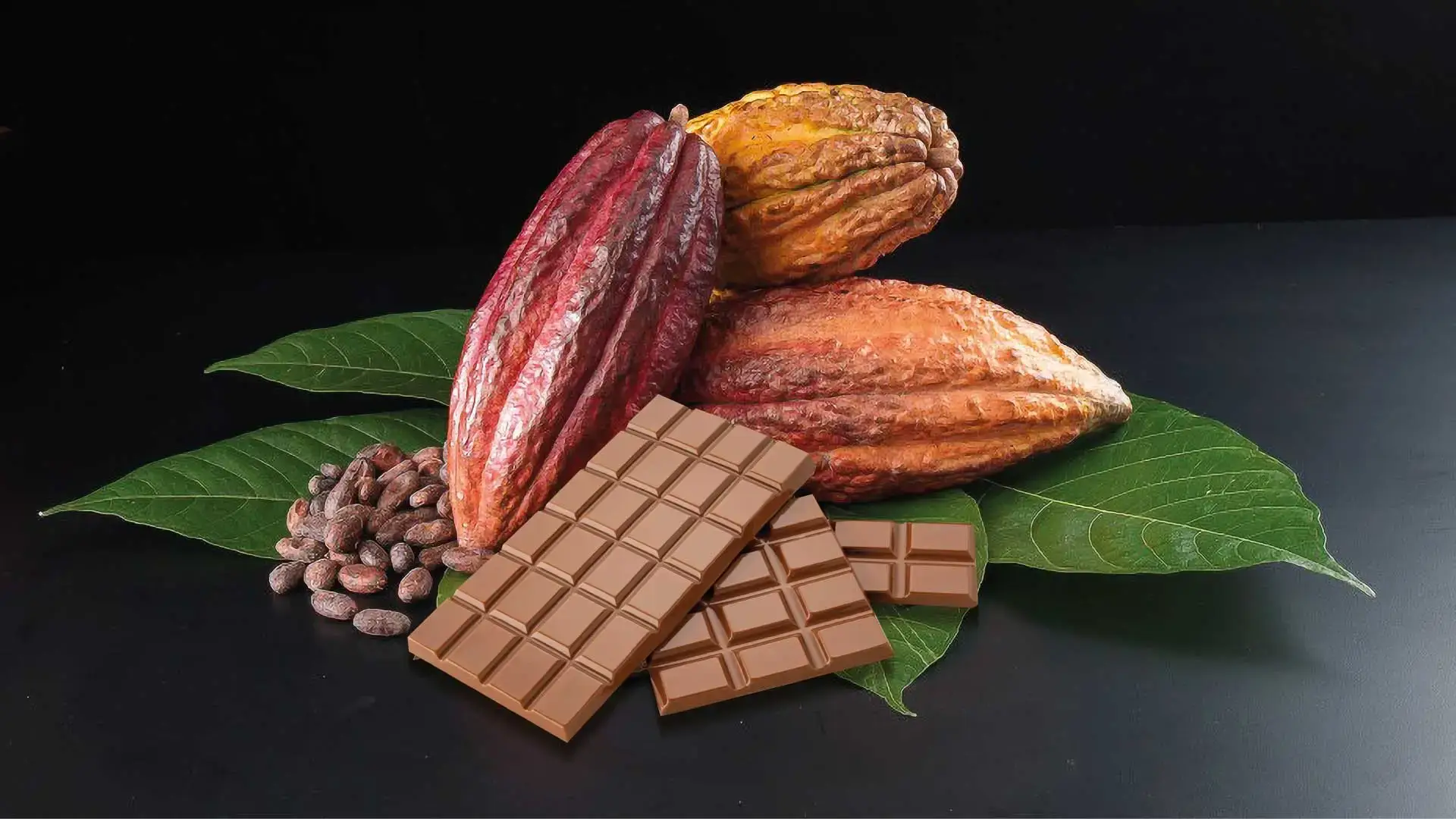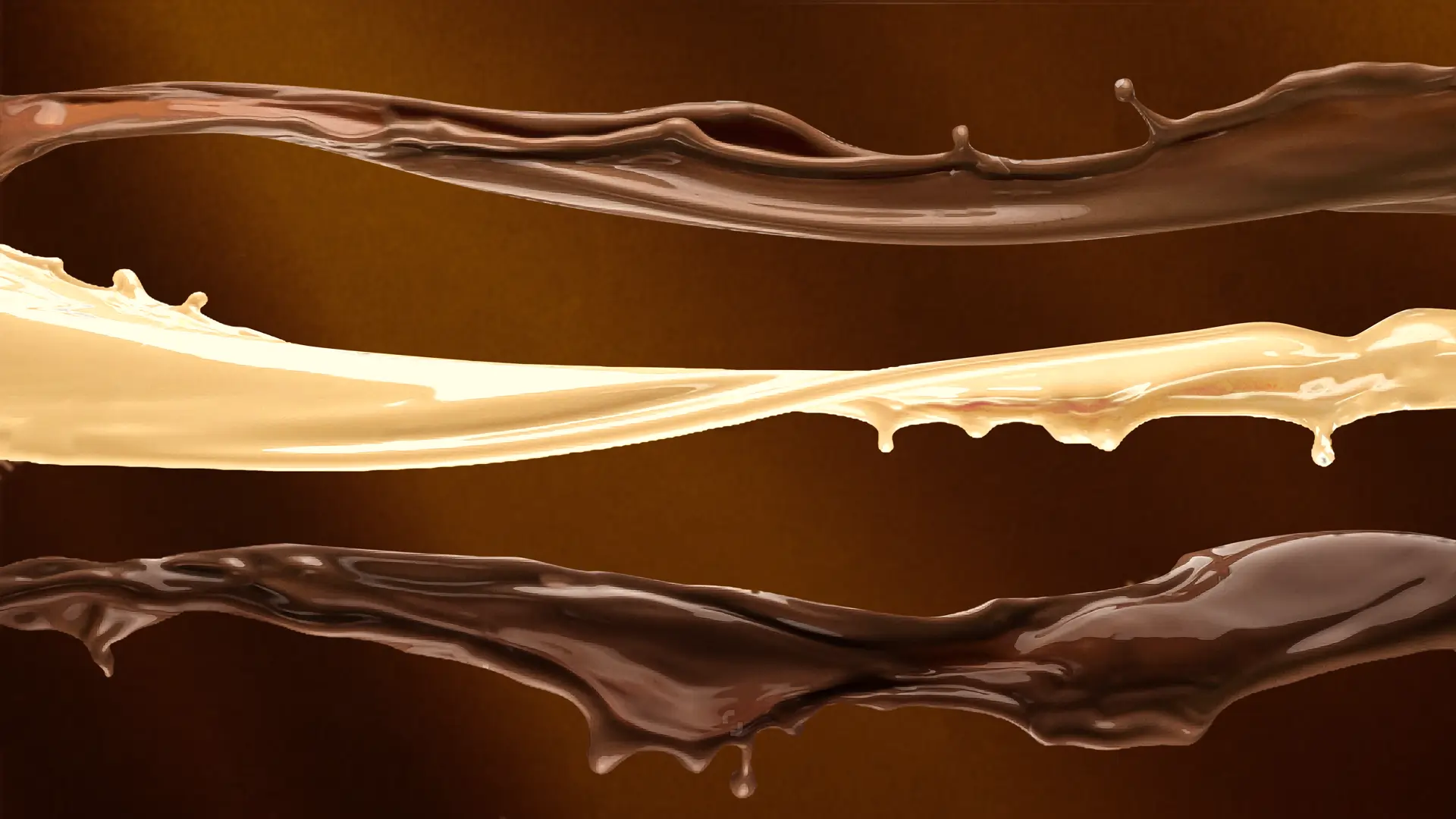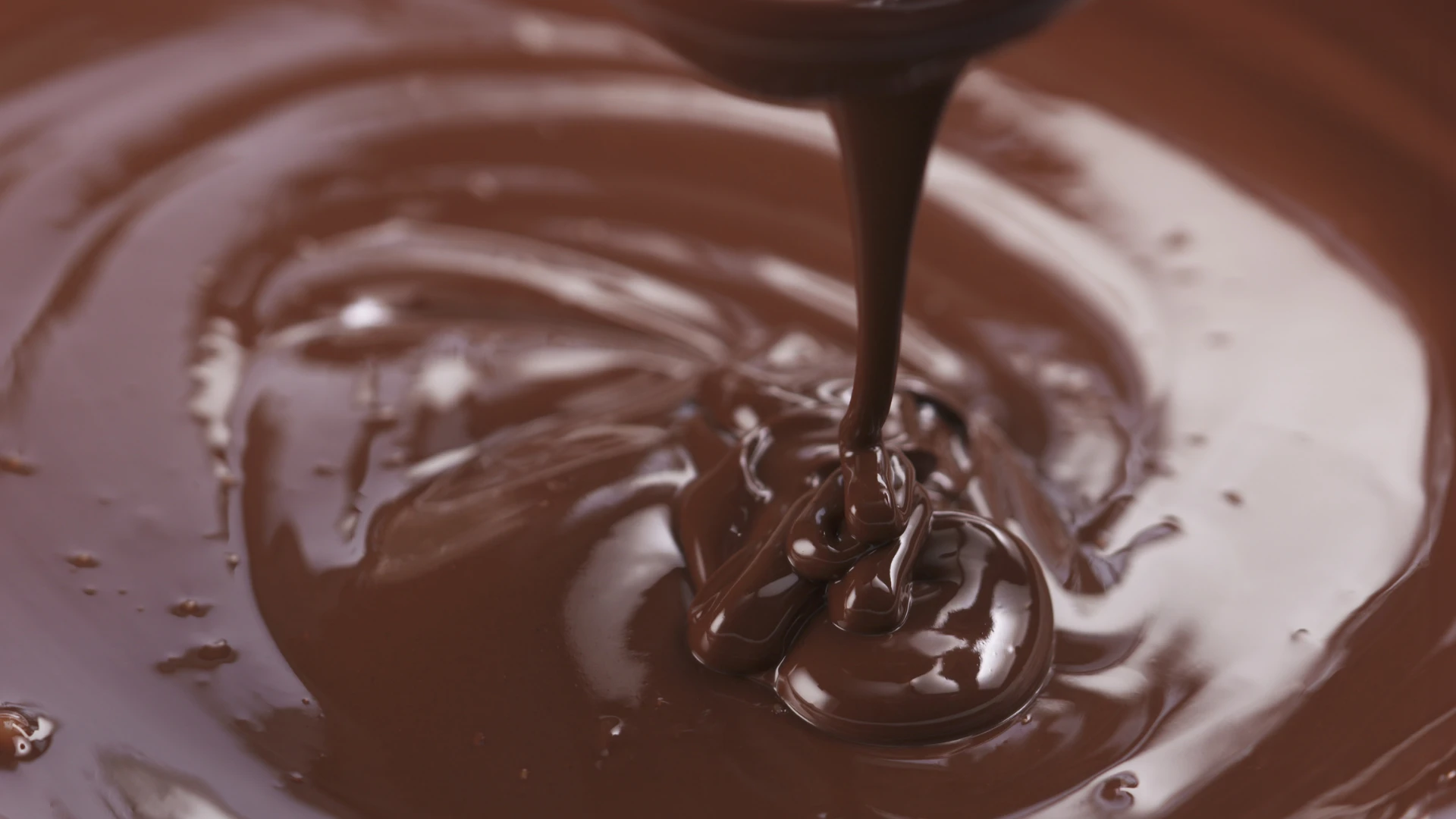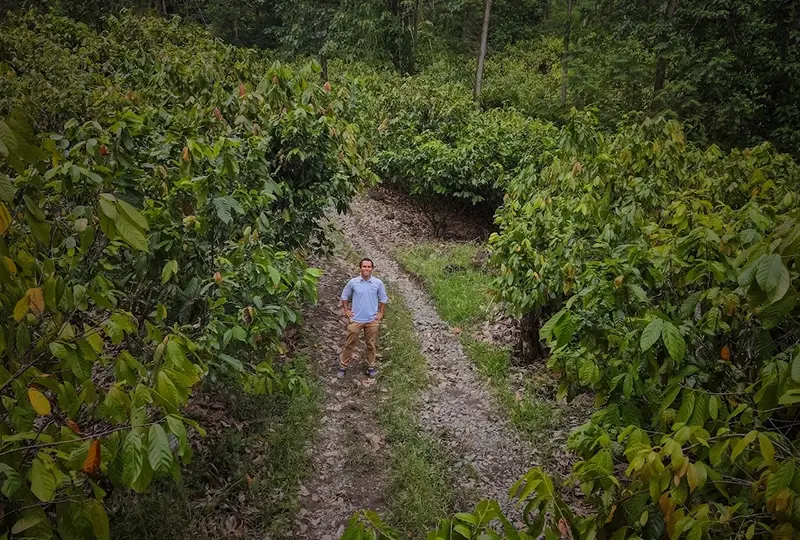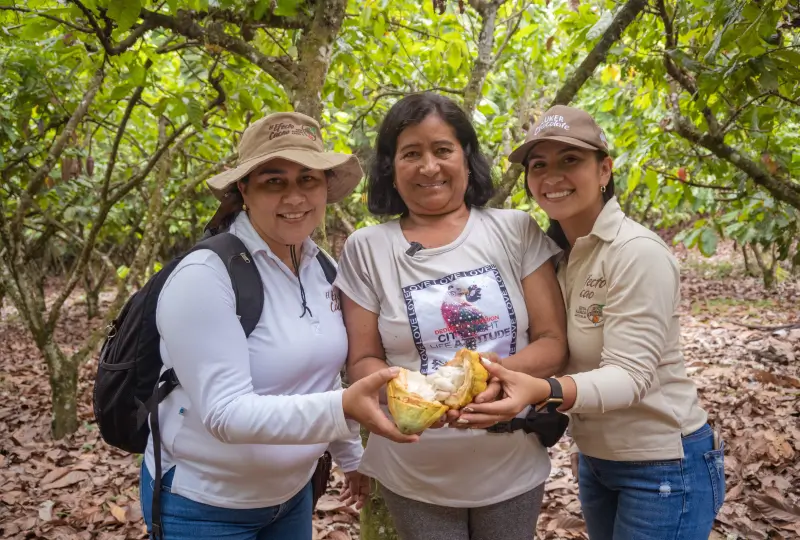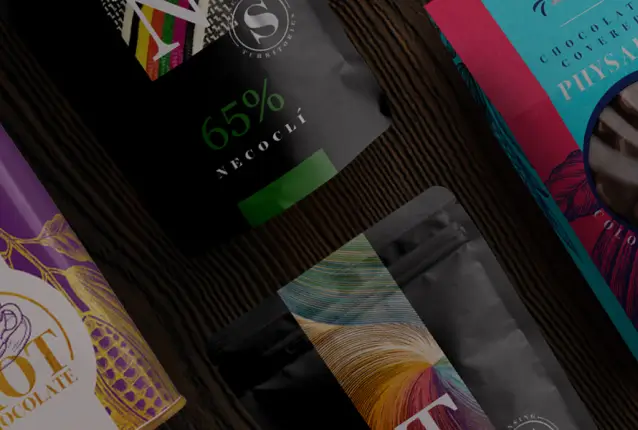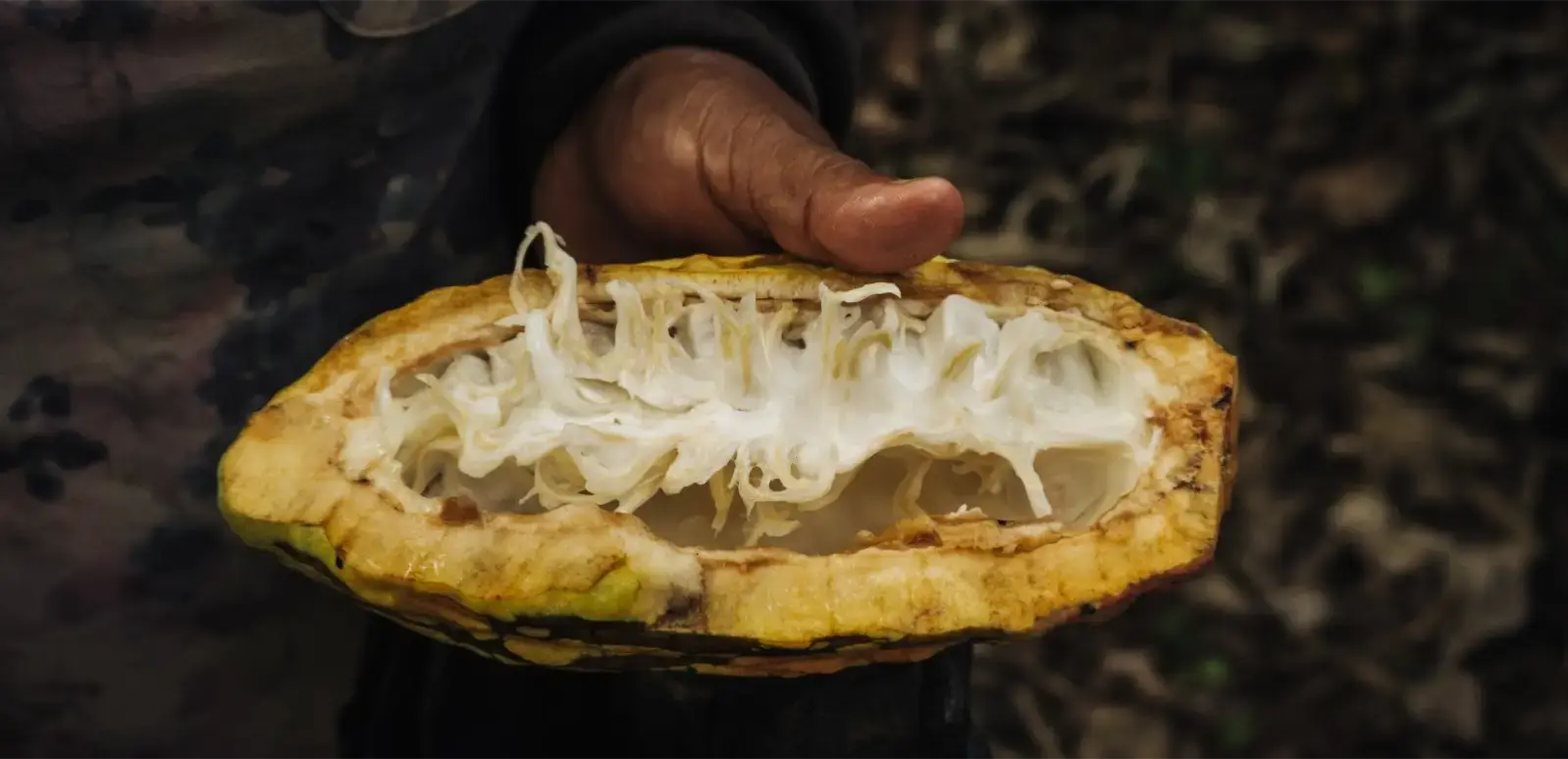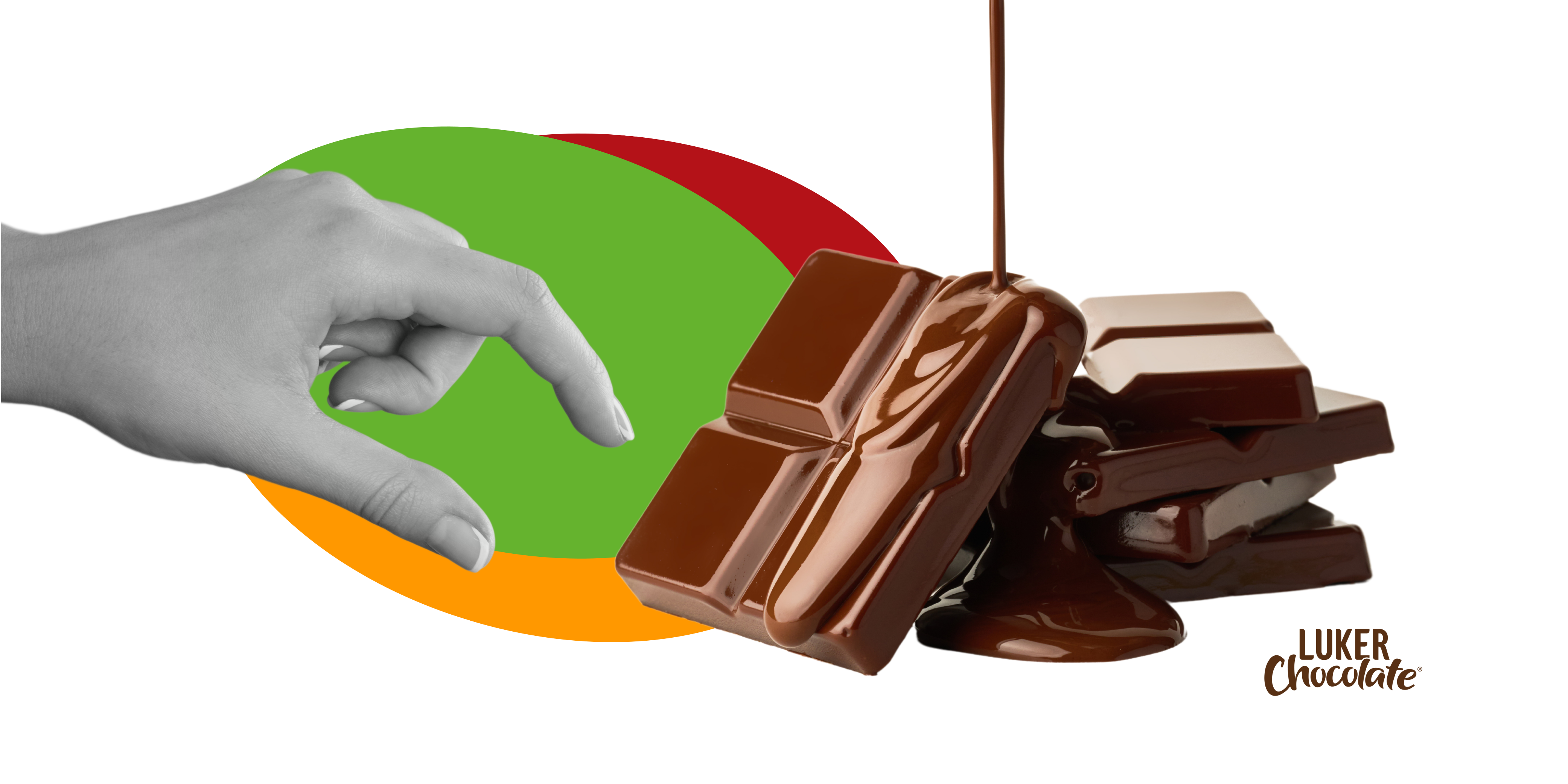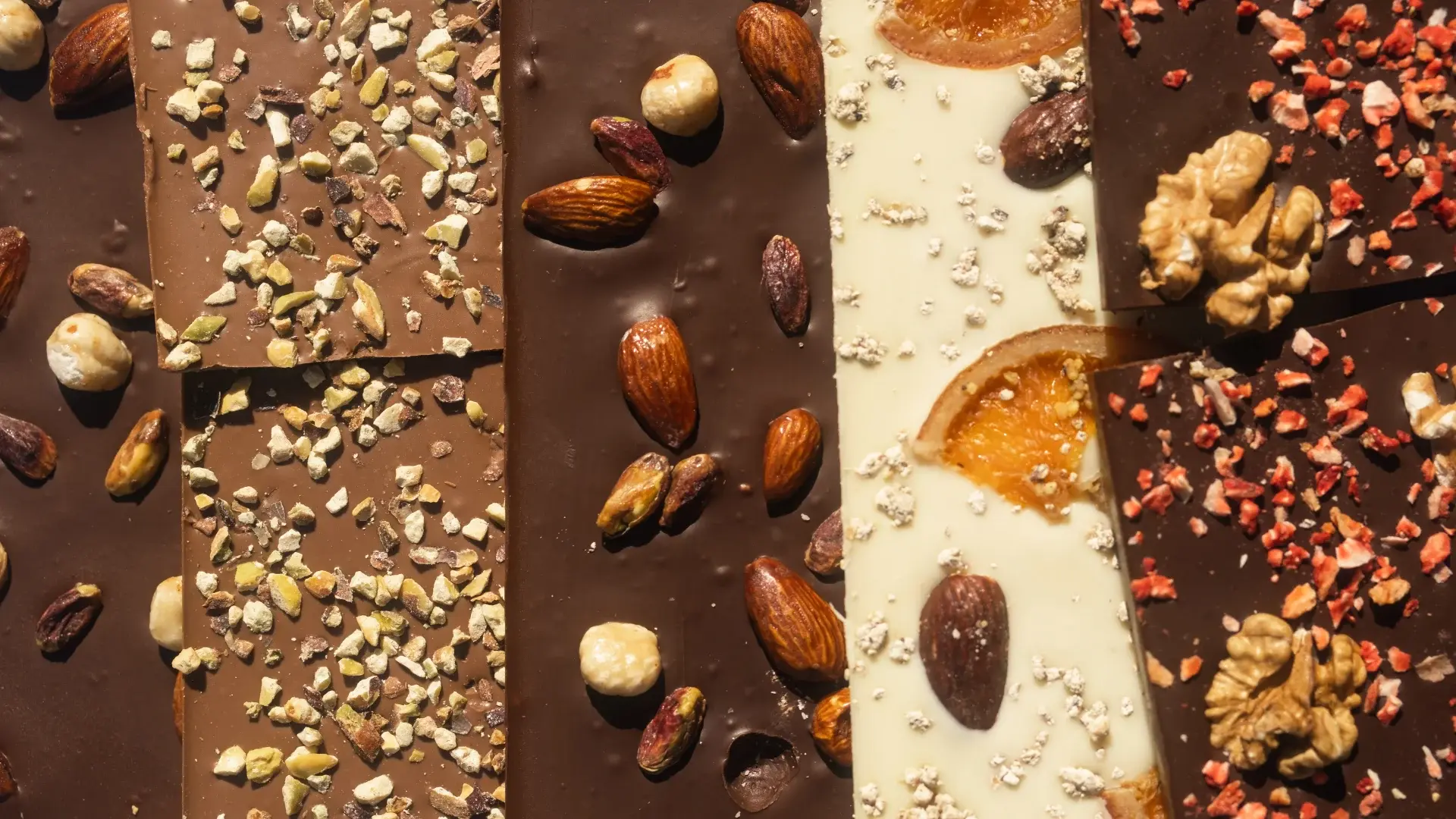Creating chocolate products with inclusions can be an exciting way for brands to captivate consumers and differentiate themselves in an increasingly competitive market.
Today, shoppers aren't just looking for simple chocolate bars—they crave unique sensory experiences that blend surprising textures and flavours, turning everyday indulgences into memorable moments worth sharing.
Indeed, 43% of consumers are actively seeking chocolate creations with unexpected flavour pairings and playful textures to share online (Innova Market Insights, 2024). The rapid rise of textures such as creamy, crunchy, and crispy in the chocolate market demonstrates the opportunity for challenger brands to leverage these trends effectively.
However, successfully launching chocolates with inclusions—whether you're just starting out or scaling production—isn't straightforward. From selecting the right inclusions and ensuring they complement your chocolate base, to overcoming production constraints and maintaining optimal shelf life, there are several technical complexities you must navigate carefully.
In this guide, you'll discover:
- How to effectively choose and incorporate different inclusions into your chocolate.
- Common pitfalls to avoid when combining textures and flavours.
- Practical solutions to production challenges that arise from inclusion sizes, moisture levels, and machinery limitations.
- Essential tips on balancing consumer preferences with manufacturing efficiency and quality control.
Whether you’re developing your first textured chocolate bar or looking to perfect your next launch, this blog will equip you with actionable insights to confidently bring your chocolate creations to market.
Table of Contents:
- Why is Texture Strategic in Chocolate Innovation
- Factor 1: Inclusion Size, Form and Machinery Constraints
- Factor 2: Balancing Flavours and Sensory Profiles
- Factor 3: Moisture, Shelf Life and Stability
- Factor 4: Managing Production Efficiency with Textures
- Factor 5: Packaging and Format Considerations
- Key Takeaways and Actionable Tips
Why is Texture Strategic in Chocolate Innovation?
Today's chocolate consumers have evolved far beyond simply wanting something sweet—they desire multisensory experiences. Texture has become a significant factor shaping purchasing decisions, as shoppers increasingly look for products that excite their palate and satisfy their craving for novelty.

According to Innova Market Insights (2024), texture claims such as creamy (+30%), crunchy (+19%), and crispy (+17%) are among the fastest-growing attributes in plant-based chocolate confectionery worldwide. This trend demonstrates a clear opportunity for challenger brands seeking to innovate and engage consumers more deeply.
Moreover, chocolate with interesting textures and inclusions delivers an indulgent experience that consumers are eager to share online, making your product naturally promotable and highly attractive to modern shoppers.
💡Actionable Tip:
Clearly define the sensory experience you want to offer early in the development process. Identify texture combinations that align with your brand’s values, target audience, and market trends to create standout products.
Factor 1: Inclusion Size, Form, and Machinery Constraints
One of the most common mistakes challenger brands make when developing chocolates with inclusions is overlooking the constraints posed by inclusion size, shape, and production machinery capabilities. The compatibility of your chosen inclusions with your production line directly impacts efficiency, cost, and the overall feasibility of your product.

When working with automated machinery, consistency and size uniformity become crucial. Large or irregularly shaped inclusions such as dried fruits or caramel chunks can lead to blockages, dosing inaccuracies, or inconsistent distribution. As highlighted by one of Luker's R&D experts, Santiago Rojas, "Machinery naturally limits inclusion sizes—what may be feasible manually could be challenging or impossible at scale."
It's also important to distinguish between inclusions applied manually (often artisanal or superficial inclusions) and those integrated through automated processes (typically occluded inclusions). Each method has distinct implications for production time, cost, and scalability.
💡Actionable Tips:
- Clearly specify your inclusion sizes and shapes based on machinery testing results.
- Perform trial runs early to identify potential mechanical issues before full-scale production begins.
- Consider combining manual and automated methods for products requiring complex inclusion shapes or distributions.
Factor 2: Balancing Flavours and Sensory Profiles
While choosing visually appealing and unique inclusions is important, brands often underestimate the role of flavour balance and sensory interaction. Not all inclusions behave similarly within chocolate; some ingredients can overpower subtle cocoa notes, while others blend harmoniously.

Striking the right balance is crucial—particularly with strong-flavoured inclusions such as salted caramel, dried berries, or nuts. For instance, a small proportion of salty or tart inclusions can create a desirable contrast to the sweetness of the chocolate, but excessive use risks overwhelming the consumer's palate.
Furthermore, consider how your chosen inclusions will influence the final mouthfeel and eating experience. Chocolate formulations that complement the texture and flavour intensity of inclusions deliver the richest, most memorable experiences.
Data underscores this point: 43% of consumers seek indulgent, multi-layered flavour and texture combinations (Innova Market Insights, 2024), emphasising the importance of carefully balanced sensory profiles.
💡Actionable Tips:
- Prioritise taste tests and sensory analysis in the R&D phase to optimise inclusion percentages and flavour profiles.
- Aim for a primary inclusion to lead the sensory experience, complemented by secondary ingredients to enhance depth and complexity.
Factor 3: Moisture, Shelf Life, and Stability in Chocolate Products
Maintaining product stability and shelf life is a key consideration when working with inclusions. Moisture-sensitive ingredients such as caramel, dried fruits, or crunchy elements can drastically affect product integrity if not properly managed.
Ingredients like caramel and certain fruits are particularly hygroscopic—they rapidly absorb moisture from their surroundings, becoming sticky or clumped. This can compromise texture, appearance, and even packaging suitability, causing serious shelf-life issues.

Moreover, improper moisture management can lead to fat bloom or sugar bloom—undesirable aesthetic effects that diminish consumer appeal and reduce perceived quality.
💡Actionable Tips:
- Implement stringent moisture-control procedures in storage and production facilities.
- Consider protective coatings or moisture barriers for particularly sensitive inclusions.
- Opt for inclusions with compatible moisture profiles to match your product’s intended shelf life and storage conditions.
Factor 4: Managing Production Efficiency with Textures
Incorporating inclusions invariably affects production efficiency. A higher volume or complexity of inclusions typically slows down production lines and increases operational costs, making strategic choices essential to managing profitability.

Inclusions influence the production speed and the precision of dosing machinery. For example, larger inclusion percentages require slower machinery speeds to ensure accurate dosing and consistent product quality—resulting in increased manufacturing time and cost per unit.
Therefore, it is crucial to align your desired inclusion density with production capabilities, cost parameters, and market positioning. Brands must carefully assess whether the perceived consumer value justifies additional manufacturing complexity.
💡Actionable Tips:
- Optimise machinery settings through extensive trials to identify ideal inclusion-to-chocolate ratios.
- Balance inclusion quantities against your desired price points and efficiency metrics.
- Clearly document machinery settings and process steps for consistent product replication at scale.
Factor 5: Packaging and Format Considerations
Finally, packaging and product format significantly influence which inclusions are practical and how they should be integrated. Small, single-serving chocolate formats require smaller and more uniform inclusions to prevent operational issues, while larger formats offer greater flexibility.
The chosen inclusion must fit practically within your intended packaging—whether individual sachets, sharing bags, or premium gift boxes. For instance, large nuts or fruit pieces may create packaging issues for single-serve items, increasing costs and complexity.
In R&D, inclusion sizes should be considered alongside packaging design from the outset. Ignoring these factors can lead to costly redesigns, inefficient production runs, or consumer dissatisfaction from poorly packaged products.
💡Actionable Tips:
- Design product packaging concurrently with the selection of inclusions.
- Conduct prototype packaging tests to verify suitability before finalising product development.
- Clearly communicate inclusion specifications to packaging designers to ensure optimal integration.
💡 Key Takeaways and Actionable Tips
Successfully launching chocolate products with inclusions requires careful planning around the selection of inclusions, flavour balance, moisture management, production efficiency, and packaging considerations.
Remember these key principles:
- Align inclusions with machinery capabilities early.
- Balance flavours and textures to enhance consumer experience.
- Manage moisture levels meticulously for shelf stability.
- Optimise inclusion density for profitable and efficient production.
- Coordinate product design and packaging from the start.
Ultimately, mindful planning and technical expertise will enable your brand to deliver irresistible, memorable chocolate experiences—meeting consumer demands while confidently scaling your manufacturing processes.
With consumer interest in indulgent, multi-textured chocolates continuing to rise, now is the ideal time to master these critical factors and launch your next standout chocolate product successfully.
